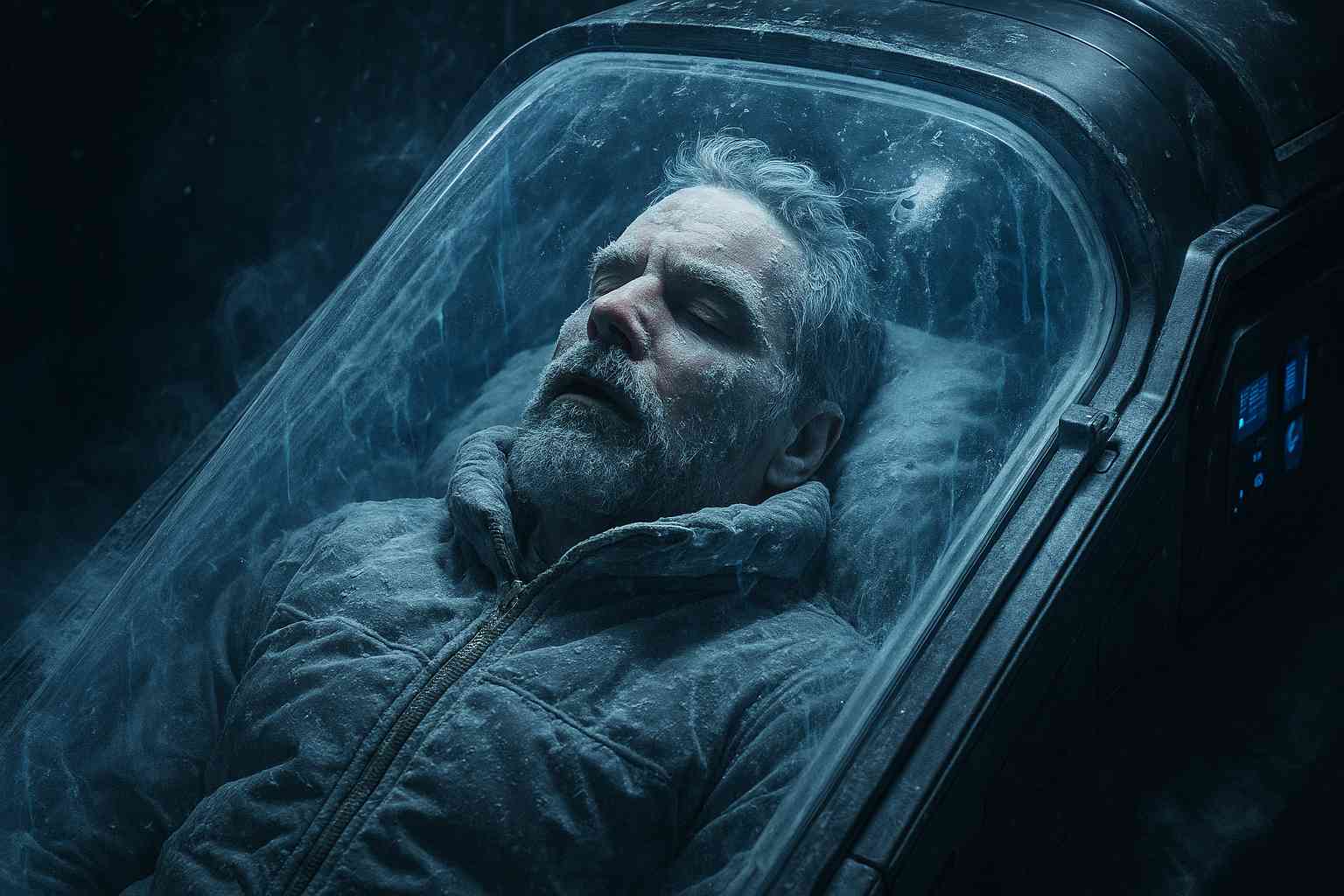For decades, the idea of freezing people after death in the hope of future revival has hovered between scientific promise and science fiction fantasy. Known as cryonics, this practice has inspired intense debate, scientific exploration, and ethical controversy. Is it truly a path toward conquering death, or merely a modern myth fueled by wishful thinking and speculative technology?
1. Understanding Cryonics: The Basics

Cryonics involves cooling a legally dead person’s body, often using liquid nitrogen, to preserve cells and tissues indefinitely. The aim is to prevent further decay until future medical technology can potentially cure the person’s original cause of death and revive them. However, as of today, no human has ever been revived from such a state, and the science remains experimental.
Advocates argue that even slim chances are worth taking for those hoping for future medical miracles. Critics, however, view cryonics as an expensive gamble without proven outcomes. For those seeking a deep dive into how cryonics works, the Cryonics Institute offers detailed explanations and FAQs about the preservation process.
2. The Legal Definition of Death

One major hurdle for cryonics is the legal definition of death. Cryopreservation can only begin after a person is declared legally dead, meaning their heart has stopped or brain activity has irreversibly ceased. Unfortunately, even minutes without circulation cause significant brain damage, complicating any future revival. Some proponents advocate for “cryopreservation at clinical death,” but this remains legally and ethically complex. Laws vary worldwide, affecting how quickly procedures can start.
For instance, in the U.S., death laws differ by state, influencing whether cryonicists can act swiftly enough to minimize tissue damage. Stanford Medicine explains what happens to the brain immediately after death.
3. Vitrification: A Glassy Approach

Traditional freezing causes ice crystals that rupture cell walls, damaging organs irreversibly. Modern cryonics uses vitrification—a process that turns water inside cells into a glass-like solid without crystal formation. Cryoprotectants replace bodily fluids to minimize ice damage. However, these chemicals can be toxic in high doses, and no technique yet ensures perfect preservation of large organs like the brain.
Despite advances, the process remains far from guaranteeing safe revival. Researchers continue exploring less toxic cryoprotectants, with promising but untested solutions. Read more about vitrification technology from Scientific American.
4. Cryonics and the Human Brain
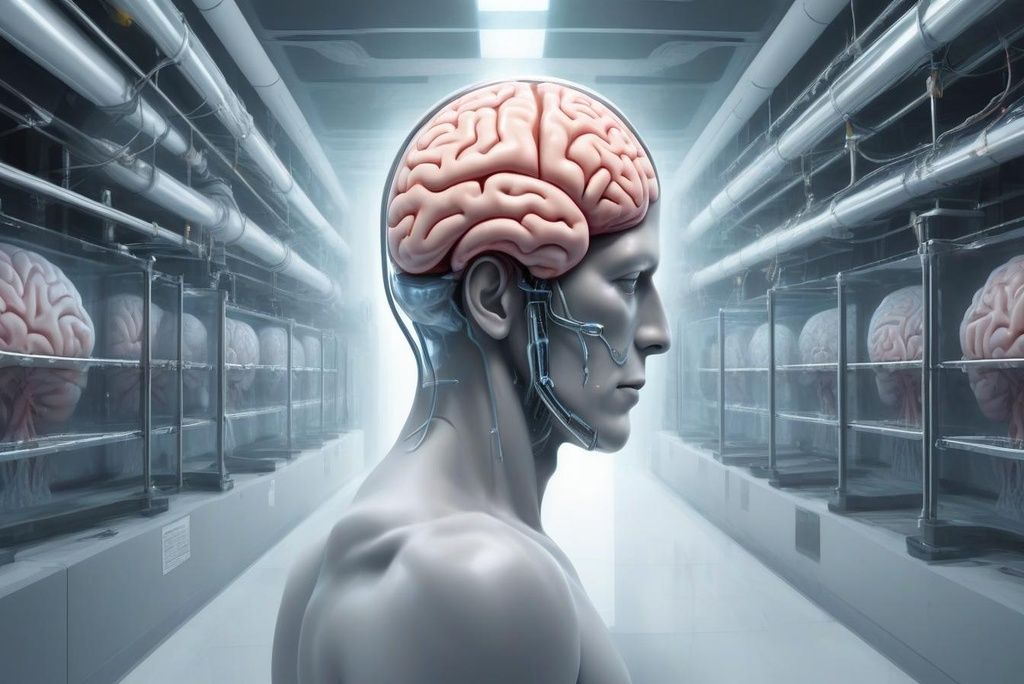
Cryonics focuses especially on the brain, where memories, personality, and identity reside. Some argue that preserving the brain’s physical structure might preserve a person’s “self.” Yet, it’s unknown whether future technology could repair cellular damage and restore consciousness. Studies in neuroscience hint that memories are stored in physical synaptic connections, but freezing disrupts these delicate structures.
While some animal brains have been partially vitrified and rewarmed with intact microscopic structures, no such preservation has been proven fully functional. Neuroscientist Ken Hayworth discusses these challenges in interviews, such as this one in The Atlantic.
5. Costs and Financial Hurdles

Cryonics isn’t cheap. Whole-body preservation can cost between $80,000 and $200,000, while “neuro-preservation” (just the head) may run $30,000 to $80,000. Many members fund cryonics through life insurance policies, designating the organization as the beneficiary. Additional costs include transportation, standby services, and long-term storage fees.
Financial security for centuries of preservation is uncertain, raising concerns about organizational stability and trust. If a cryonics company folds, patients could be at risk. CNBC explores the financial realities of preserving yourself for the future.
6. Cryonics Facilities: Where It Happens
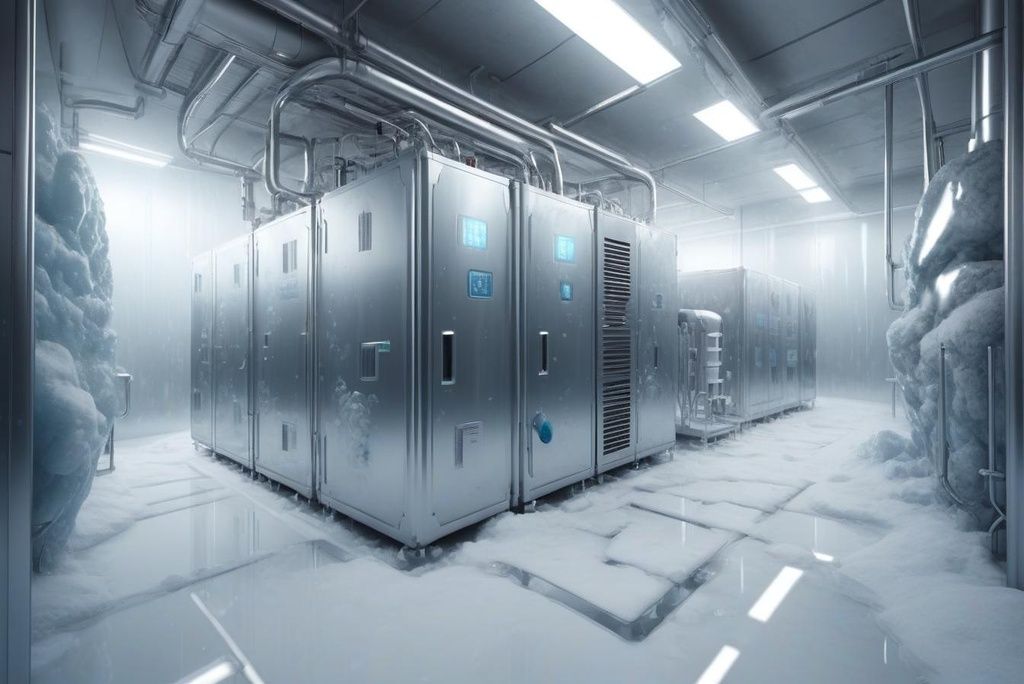
Cryonics providers exist primarily in the United States and Russia. Notable organizations include Alcor Life Extension Foundation in Arizona and the Cryonics Institute in Michigan. These facilities are specially designed to maintain ultra-low temperatures using liquid nitrogen. They often resemble a mix of a laboratory and a warehouse, filled with towering stainless-steel tanks called “dewars.” Site security, power redundancy, and trained staff are critical to maintaining these frozen “patients” indefinitely. Each facility has different protocols, membership fees, and preservation methods. BBC Future offers a glimpse inside these cryonics centers.
7. The Neuroscience of Memory Preservation
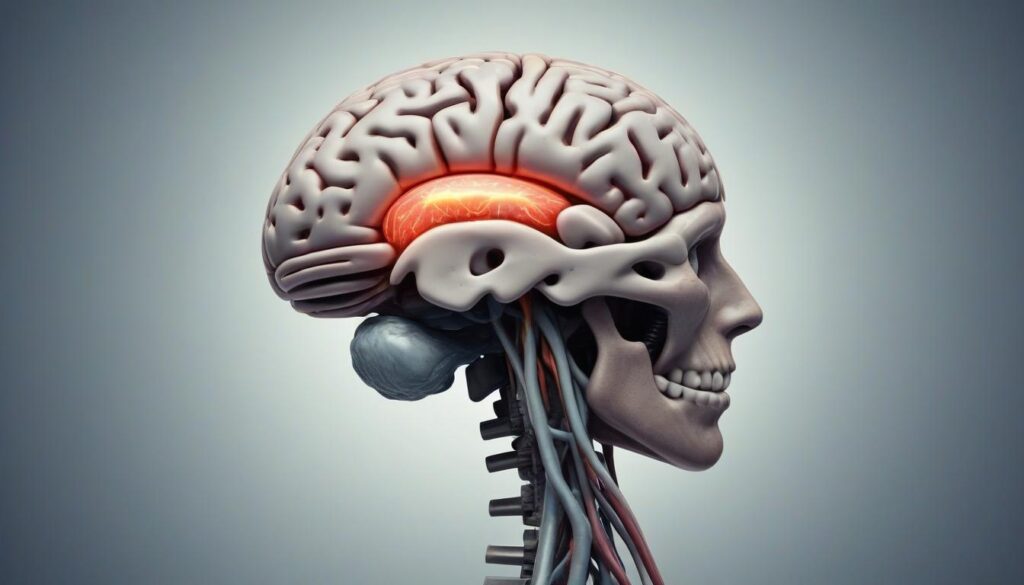
Even if structural preservation is achieved, a vital question remains: how much of a person’s identity is encoded in the brain’s physical structures? Neuroscientists continue to debate whether memories and consciousness can survive significant physical disruption. Synaptic connections, neurotransmitter balances, and other micro-level brain properties are fragile and poorly understood. Research in connectomics maps neuron pathways, but translating those maps back into functional consciousness is speculative. For a technical discussion of brain mapping, see the Human Connectome Project website.
8. Revival: The Ultimate Unknown

No human or animal has been revived from cryonic suspension. Cryonics hinges on the possibility of future nanotechnology or biological therapies capable of repairing cellular and molecular damage. Scientists speculate about nanobots repairing tissues cell by cell, but this technology remains purely theoretical. Medical advances like organ regeneration offer hints of future possibilities, yet recreating a fully functional brain from a preserved state is far beyond current capabilities. National Geographic explains why revival remains speculative science.
9. Ethical Debates and Philosophical Questions

Cryonics sparks profound ethical questions. Is it ethical to preserve bodies without a guaranteed revival? Could resources be better spent on the living? Critics fear false hope, emotional exploitation, or economic inequality, as only the wealthy might afford preservation. Philosophers also ponder whether a revived person would truly be “the same individual” or merely a physical replica. These discussions echo broader debates about life extension and transhumanism. The Hastings Center offers insightful articles on the ethics of cryonics and immortality.
10. Cryonics and Religion

Many religious groups oppose cryonics, viewing it as interfering with natural death and afterlife doctrines. Others argue it merely delays burial and is morally neutral. Some religious scholars say cryonics could coexist with faith, provided the technology preserves the soul’s vessel for eventual revival. Interpretations vary widely between faith traditions, complicating choices for believers considering cryopreservation. Religion News Service explores how different faiths perceive the ethics and spiritual dimensions of freezing humans after death.
11. Legal Rights of Cryopreserved Individuals

A legal gray area surrounds cryonics patients, who are classified as deceased but stored for possible future revival. Some futurists envision laws that might recognize cryonics patients as “temporarily dead” rather than legally deceased, but no jurisdiction currently does so. Complications could arise over inheritance, marital status, or citizenship if someone were revived centuries later. The debate intersects with emerging laws on digital immortality and personhood. For a fascinating look at the legal implications, read this Wired article.
12. Cryonics and the Digital Mind Uploading Connection

Cryonics often overlaps conceptually with mind uploading—the idea of copying consciousness into a digital format. Some transhumanists see cryonics as a bridge to future technologies that could scan preserved brains and simulate minds. However, mind uploading remains entirely theoretical, with enormous technological and philosophical hurdles. Could a digital copy be “you” or merely a sophisticated replica? Cryonics might offer future scientists a preserved brain to study for such projects. For more on digital immortality, visit MIT Technology Review.
13. Partial Cryopreservation: Organ Banking
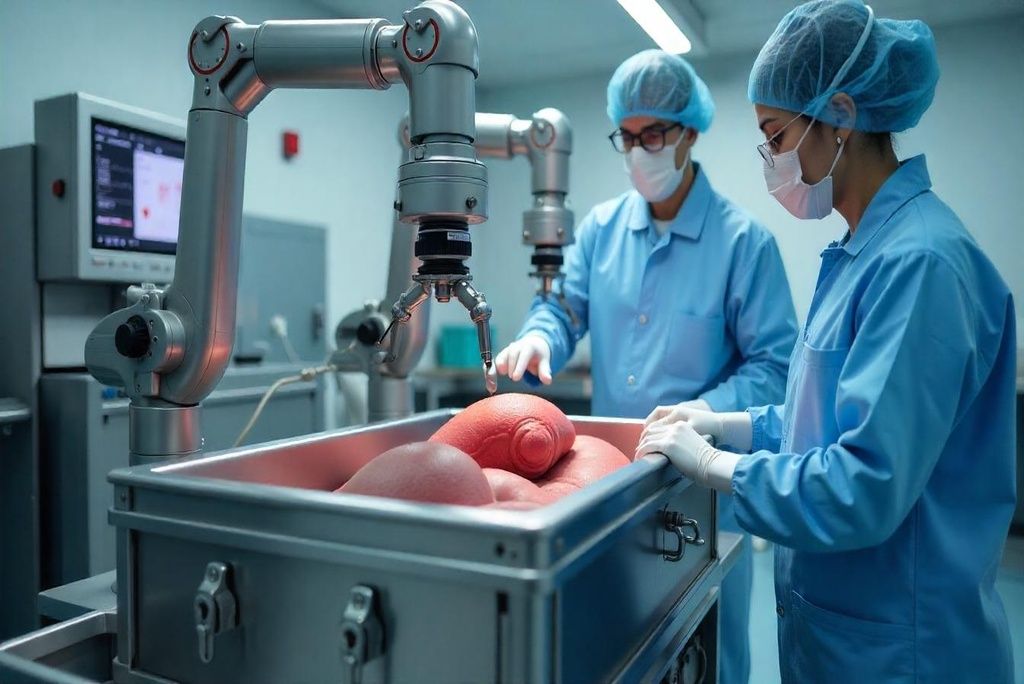
Cryopreservation isn’t limited to whole bodies. Scientists already freeze embryos, sperm, and certain organs for medical use. Recently, breakthroughs have enabled short-term preservation of organs like kidneys using vitrification. However, long-term storage and revival remain challenging due to tissue cracking during rewarming. These advances hint that future cryonics might develop step by step, starting with successful organ preservation. For medical insights, check out this article from Nature.
14. Cryonics in Popular Culture
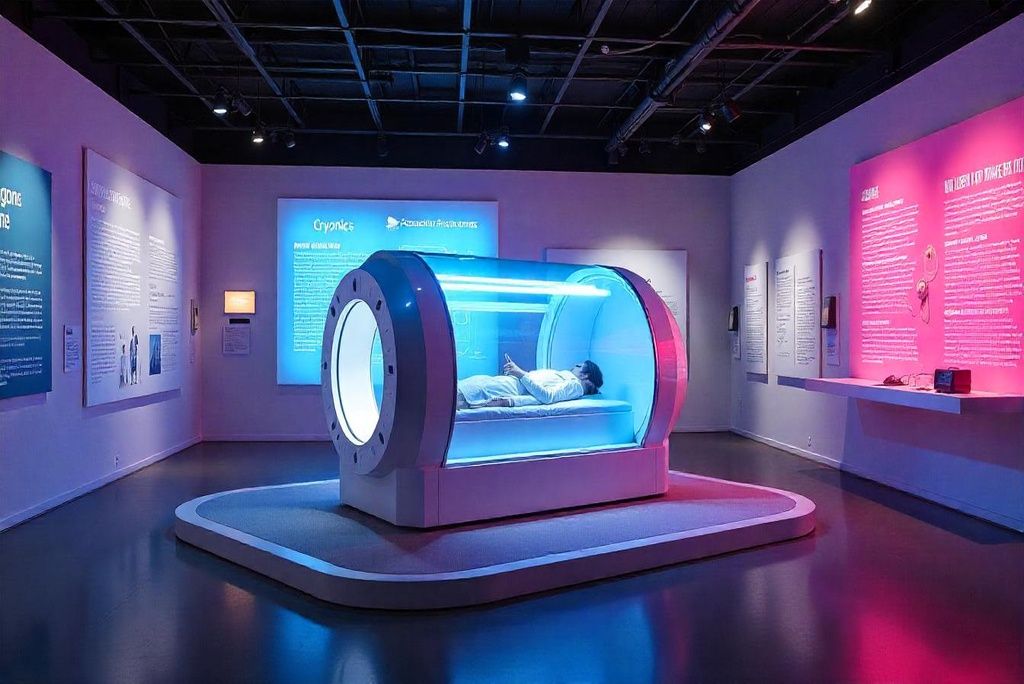
Cryonics has fascinated Hollywood and literature for decades. Movies like Vanilla Sky, Austin Powers, and Demolition Man feature characters frozen and revived in the future. Science fiction often portrays cryonics as a ticket to immortality, though it typically glosses over scientific realities. Such portrayals shape public perceptions, sometimes fueling unrealistic hopes. Authors like Robert Heinlein and Isaac Asimov have explored cryonic themes in speculative fiction, weaving complex narratives about identity, society, and time. Explore how pop culture handles cryonics via Smithsonian Magazine.
15. The Future of Cryonics: Hope or Hype?

The cryonics industry continues to grow slowly, attracting enthusiasts from tech circles and life-extension communities. While cryonics may never deliver literal resurrection, ongoing research into organ preservation, nanotechnology, and brain mapping could yield unforeseen breakthroughs. However, the gulf between current capabilities and reviving preserved human remains is vast. Whether cryonics becomes a genuine scientific achievement or remains a sci-fi curiosity is an open question. Time, quite literally, will tell. For a balanced exploration of cryonics’ prospects, see The Guardian’s report.
Disclaimer: This article provides general information about cryonics and is not medical, legal, or financial advice. Always consult professionals for personal decisions related to health, finances, or legal matters.

